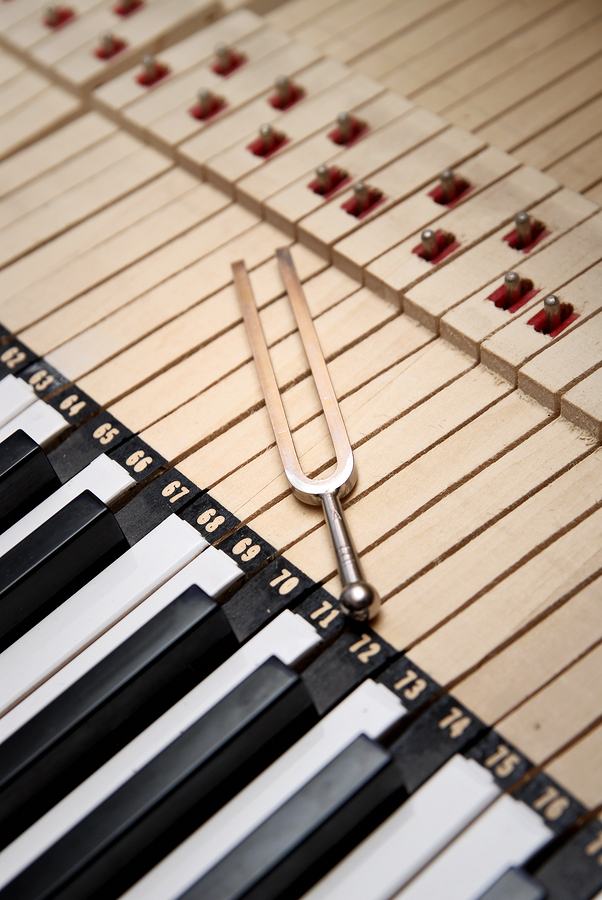HOME
PIANO TUNING
SERVICES
ABOUT US
GALLERY
– Additional Services –
Repairs:
Pianos have thousands of parts, and occasionally they break. I Normally carry enough tools and supplies to complete most repairs in a single visit for a reasonable price.
Action Regulation:
The “action” of your piano includes everything that moves when you play, from the keys and pedals to the hammers which strike the strings. These parts are made primarily from wood, felt, and buckskin. All of these wear and need adjustment periodically over the life of the piano. Adjustments of these mechanical parts is called “regulation.” Frequently, relatively inexpensive adjustments can make a significant improvement in the sensitivity of touch, allowing you to play much more expressively. There are ten major and many minor adjustments per note, but typically only a few need adjustment. My expertise will allow the greatest improvement with the least expense.
Voicing:
Piano tuning adjusts only the pitch of strings, but not the quality of the tone. The quality of the tone could be described as gradations between strident and mellow. It involves the beauty of the sound. Adjustment of the tone of a piano is called voicing. It is accomplished by making careful changes to the shape and density of the hammers. A properly voiced instrument can sound remarkably more beautiful. Voicing is the most difficult skill for a tuner to learn, and it typically takes years to master. I enjoy this task of bringing out the greatest beauty in the sound of a piano.
Evaluation for Purchase or Sale:
I highly recommend the evaluation of every instrument prior to purchase. Pianos vary widely in quality and condition for the same price. Many need costly repairs or maintenance that are not obvious to the untrained eye or ear. Likewise, it can be to your advantage to have your piano evaluated when you are ready to sell.


